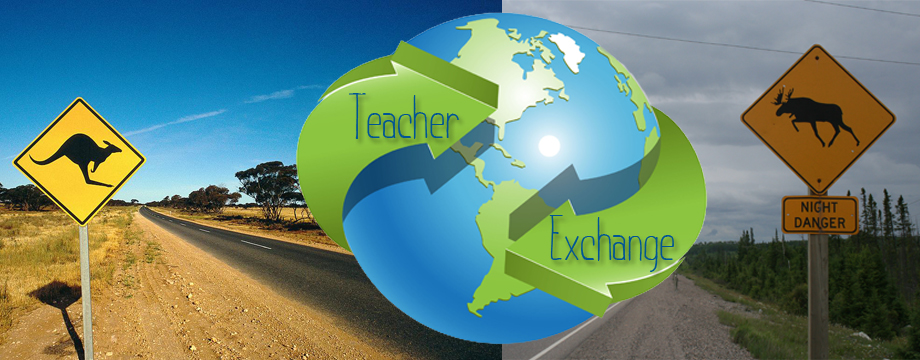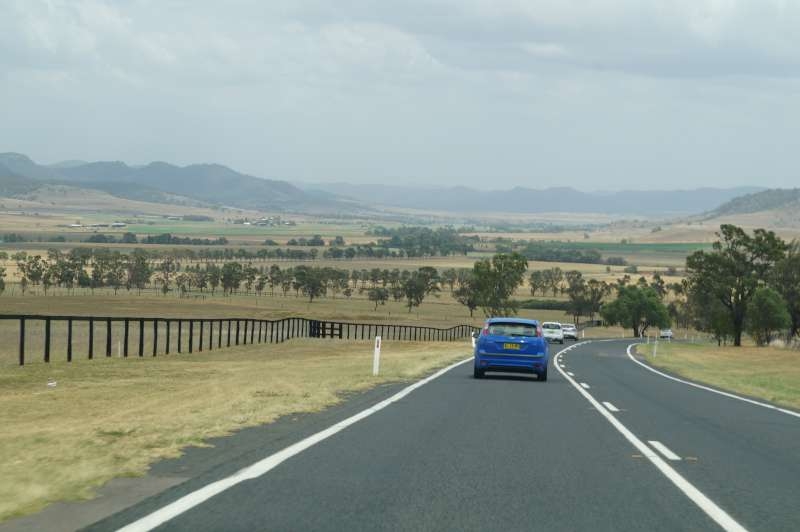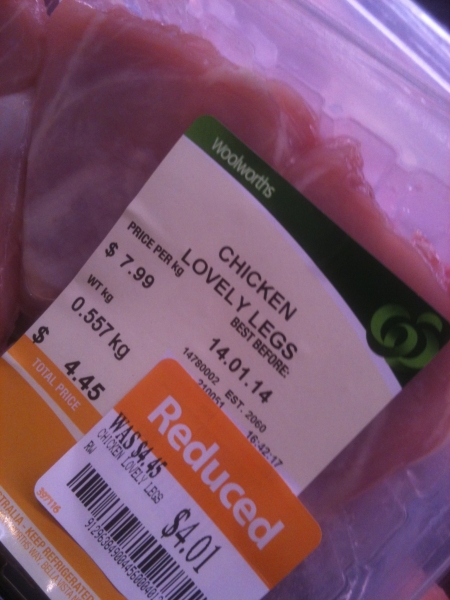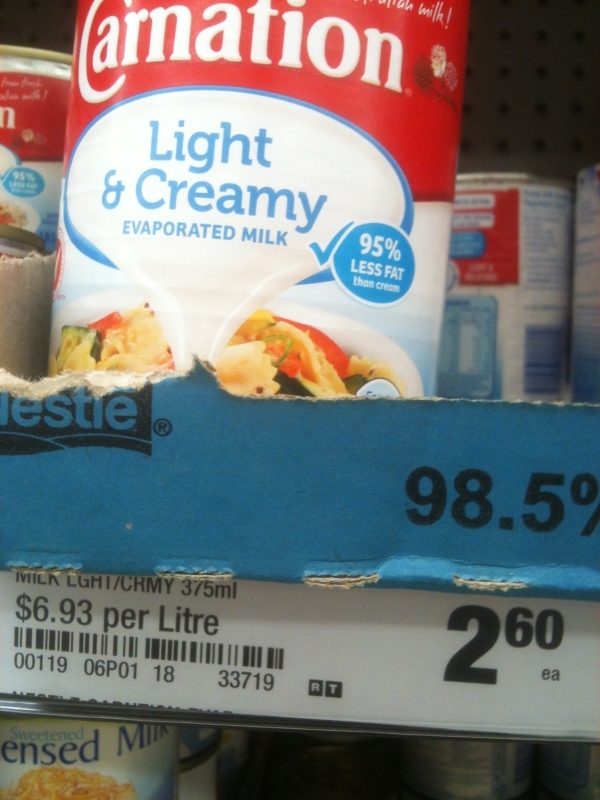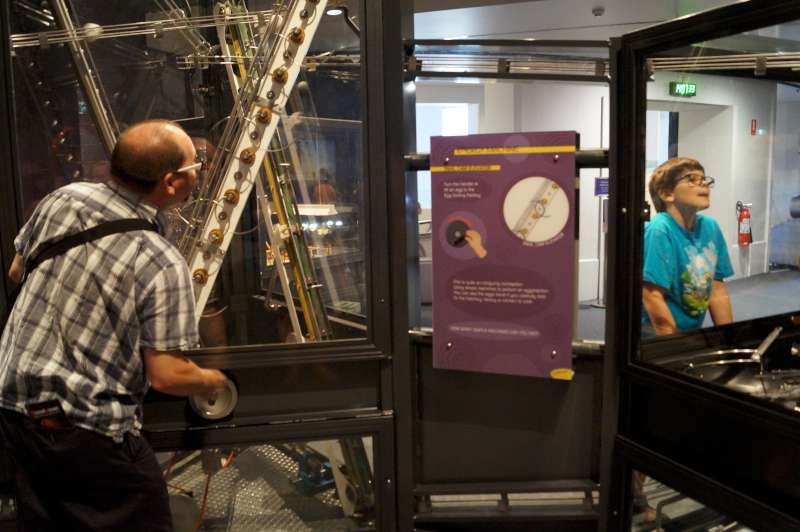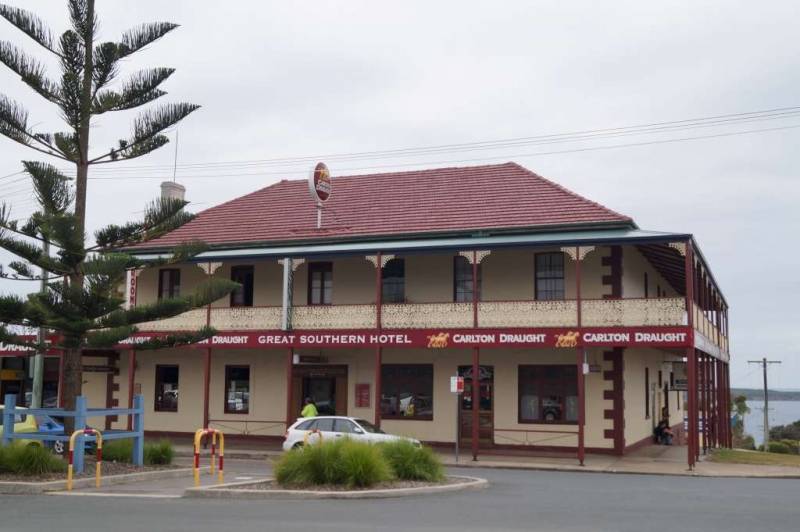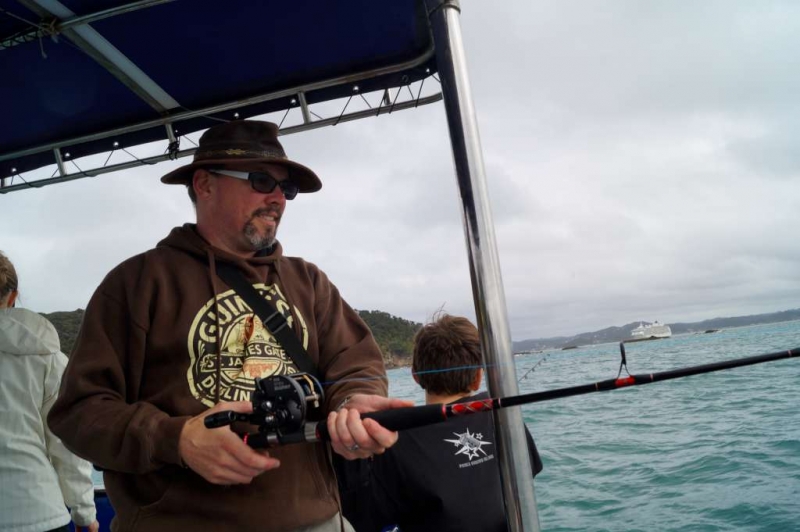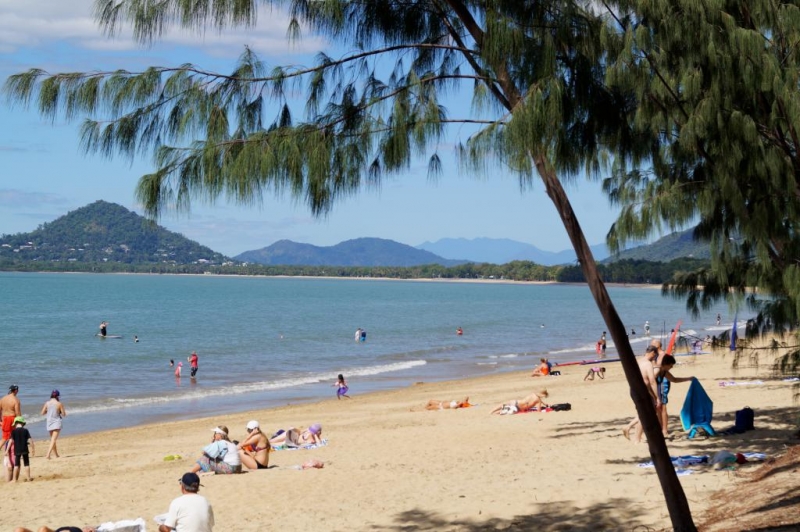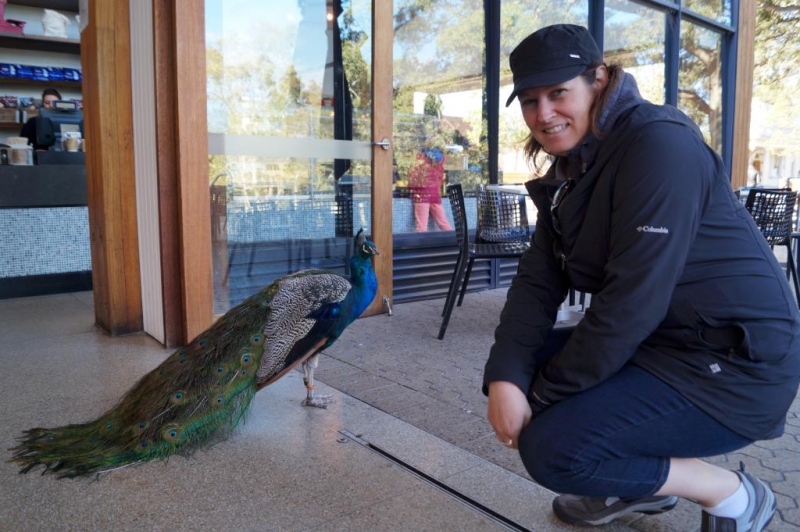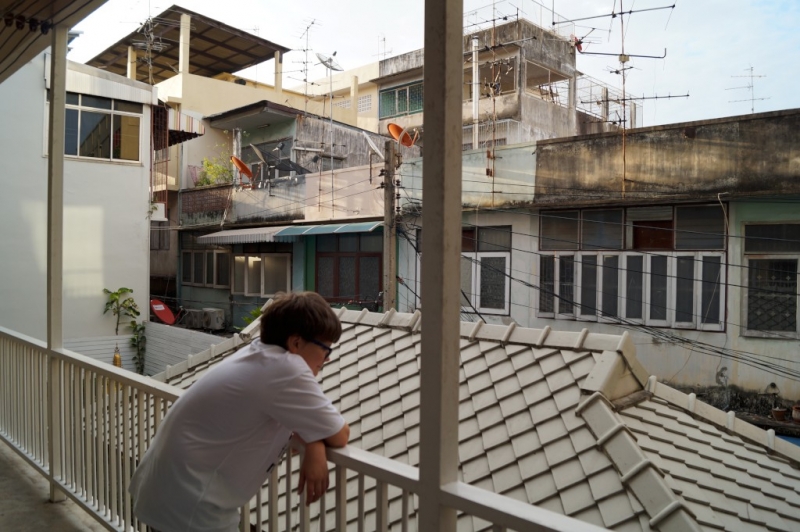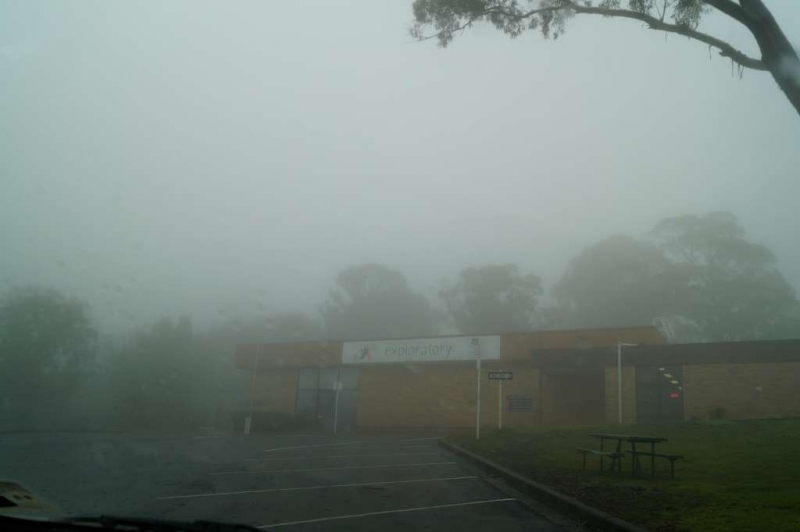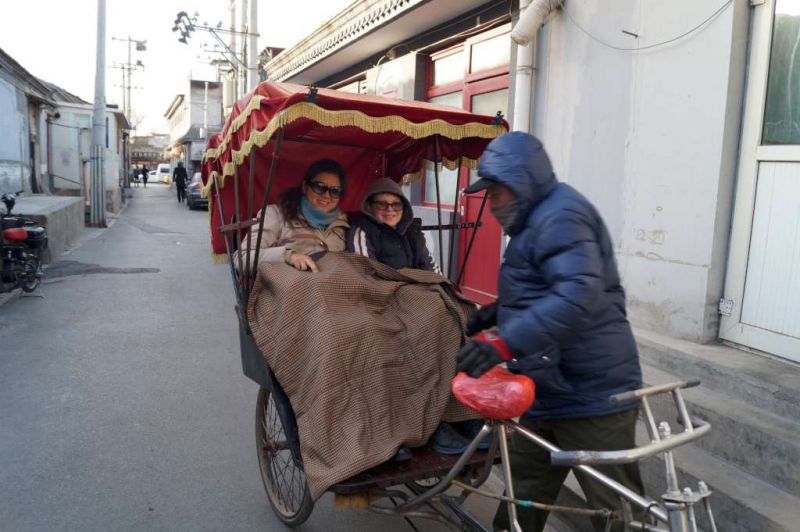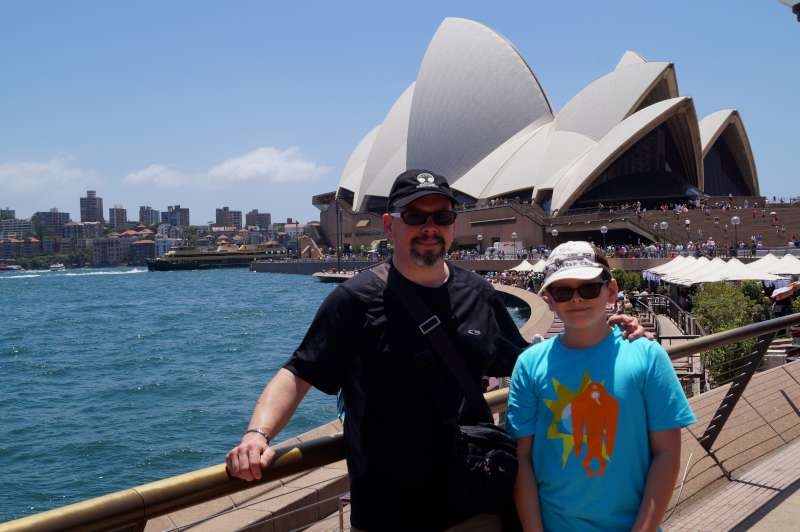Bank fees are at the bottom of the “things I want to spend money on while living abroad” list yet it could be one of the more expensive items if not managed wisely. Being paid in Canada while working in Australia presents some challenges in managing finances during the year.
With exchange rates fluctuating daily (at the time of writing, the rate was $1 CDN = $0.9494 AU) and banks charging a fee whenever you do anything with your money, I’m determined to make the smartest choices for dealing with the financial elements of our year-long teacher exchange overseas. Bringing savings, accessing salary, and managing spending are three areas I have researched. It is impossible to cover every scenario and every possibility, but here is a summary of what I have found.
 Branch to Branch transfers
Branch to Branch transfers
Some banks have branches in both Canada and Australia (HSBC for instance). With a minimum balance between $50,000 and $250,000 you can transfer between CA and AU accounts without additional charges. Not an option for us, unfortunately.
With a regular savings account, the fee for sending funds is 0.2% of the transferred amount with a minimum $30 per charge. The receiving bank may charge $15 for receiving the funds.
Clearly, the more money you transfer at one time, the lower the fee’s impact is on the bottom line. The more frequently you have to transfer money, the more costly it will be.
Transfering $1000 CDN today, minus $30 CDN fee gets $920.92 AU minus the $15 AU receiving fee.
Net result? $905.92 AU
effective exchange rate: 9.4% or $94.08
Transfering $2000 CDN today, minus $30 CDN fee gets $1870.32 AU minus the $15 AU receiving fee.
Net result? $1855.32 AU
effective exchange rate: 7.2% or $144.68
Transfering $25 000 CDN today, minus 0.2% fee ($50) gets $23 687.53 AU minus the $15 AU receiving fee.
Net result? $23 672.53 AU (minus the $535 cost of borrowing, $23 137.53, effective exchange rate 7.4%)
effective exchange rate: 5.3% or $1327.47
 PayPal Transfers
PayPal Transfers
Setting up both a Canadian and an Australian PayPal account, you can make personal money transfers between accounts for 3.4% – 3.9% of the transfer amount. PayPal customer service was not able to tell me what determines the actual rate, so I assume it will be 3.9%. As a percentage rate, the more you exchange, the more you will pay.
Transfering $1000 CDN today, minus the 3.9% fee gets $912.37 AU
effective exchange rate: 8.8% or $87.63
Transfering $2000 CDN today, minus the 3.9% fee gets $1824.75 AU
effective exchange rate: 8.8% or $175.25
Transfering $25 000 CDN today, minus the 3.9% fee gets $22 809.34 AU
effective exchange rate: 8.8% or $1327.47
 Pre-Paid Visa Travel Card
Pre-Paid Visa Travel Card
These pre-paid cards are the modern replacement for Travellers Cheques. Transfer money from your savings to the card and use it abroad like a regular debit card. I am told that currency exchanges are regular bank rates with no premiums added. There is no fee for merchant transactions but there is a $3 fee for each cash withdrawal. (I wonder if you asked for cash back during a merchant purchase if you might get your cash and avoid that fee…)
Once cash is on the card, it cannot be transfered back to the account. If you no longer need the card, you have to continue purchasing until you reach a zero balance, or pay $3 at the ATM to withdraw the balance. If you don’t use the card for a year you start to incur maintenance charges. Still, this may be the least expensive option for accessing cash.
Transfering $1000 CDN today, minus the $3 fee gets $946.55AU
effective exchange rate: 5.3% or $53.44
Transfering $2000 CDN today, minus the $3 fee gets $1895.95 AU
effective exchange rate: 5.2% or $104.05
Transfering $25 000 CDN today, minus the $3 fee gets $23 732 AU
effective exchange rate: 5.1% or $1268
 Forex Services (Foreign Exchange)
Forex Services (Foreign Exchange)
This currency exchange service promises fee-free currency exchanges for amounts over $10 000 and a flat-rate $15 per transaction under $10 000. First two transactions are free, and the exchange-rate premium is said to be within one percent of the current exchange rate. Exchanges are entered like stock purchases so you can specify price limits.
Canadian Forex allows you to make direct transfers from your Canadian bank account to their Canadian Forex account. They make the exchange, transfer to their Australian account then in to your own local Australian account. I am told the total cost of this kind of transfer would be $15 plus the exchange rate premium which is within 1%.
Transfering $1000 CDN today, minus the $15 fee and 1% exchange premium gets $925.31 AU
effective exchange rate: 7.5% or $74.69
Transfering $2000 CDN today, minus the $15 fee and 1% exchange premium gets $1864.71 AU
effective exchange rate: 6.8% or $135.29
Transfering $25 000 CDN today, fee waived, minus 1% exchange premium gets $23 485 AU
effective exchange rate: 6.1% or $1515
 Line of Credit One-Time withdrawal
Line of Credit One-Time withdrawal
It may be possible to take cash for the year from a line of credit in one lump sum, deposit to your Australian account and use it throughout the year using online banking to transfer salary to repay the line of credit. The interest rate will vary, but could be about 3.9% By making one transfer, you limit the transaction fees and, as repayments are from accounts back home, there are no fees.
Taking $25 000 at 3.9% over one year will require monthly payments of $2127 to come from salary. Interest over the term Is about $535. Using a bank to bank transfer with associated fees results in $23 672.53AU with the cost of borrowing paid over the course of the year. Effective exchange is 7.4%

The Verdict?
The pre-paid bank card seems to be the most economical and convenient way to deal with money while away. Salary is deposited in home account as usual and existing bills at home continue to be paid from that account. Needed funds can be transfered online from the home account to the cash card then used to make purchases or withdrawn for $3 per transaction.
Withdrawing cash and depositing to a local bank account for local bills twice a month (minus wanted cash-on-hand) would incur only $72 in transaction fees over the course of twelve months, half that if you can do one transfer per month. The cash card can be used like a regular ATM or credit card for regular day to day purchases.
Is this making sense? Have I missed anything? Have I wildly miscalculated or under/over estimated things? How did YOU manage your domestic income while living abroad?
Like this:
Like Loading...
 Searching for inexpensive Canadian flag pins, stickers or tattoos to take (if everything works out) on the teaching exchange to Australia. This traveller has the right idea, I think…
Searching for inexpensive Canadian flag pins, stickers or tattoos to take (if everything works out) on the teaching exchange to Australia. This traveller has the right idea, I think…